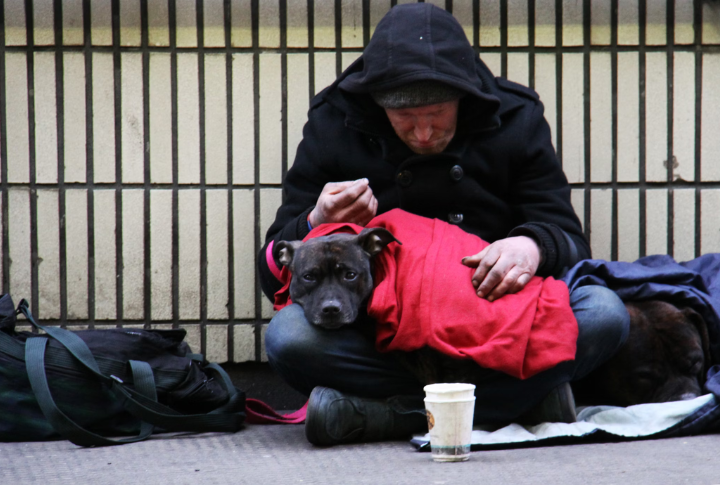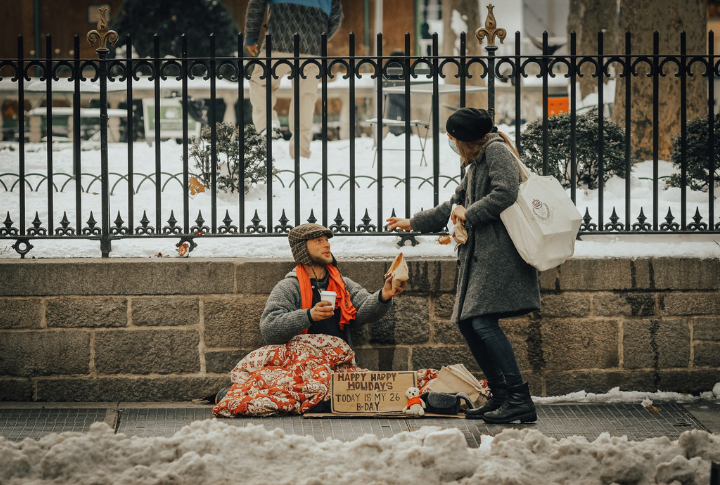
Money is a constant topic of debate, but not everything people believe about financial struggles is true. Some ideas have been repeated so often that they feel like facts—even when reality tells a different story. Ready to challenge common assumptions? These ten misconceptions might just change the way you think.
A College Degree Ensures Financial Stability

Higher education is an investment, but not always a profitable one. With student debt surpassing $1.7 trillion, according to the Education Data Initiative, financial stability remains out of reach for many graduates. While STEM and healthcare degrees offer better prospects, those in humanities and social sciences often struggle with underemployment.
The American Dream Guarantees Success

“The Intergenerational Persistence of Poverty in High-Income Countries” paper confirms that children born into impoverished conditions in America are more likely to remain poor than their counterparts in other wealthy nations. Generational wealth and economic policies favoring the wealthy create barriers that keep many from moving up the financial ladder.
Working Hard Always Pays Off

Millions put in long hours yet struggle to afford basic needs. Since the 1970s, wages have stagnated while living costs have surged. A person working two minimum-wage jobs can still fall below the poverty line. While effort matters, structural barriers—such as corporate wage suppression, automation, and weakened labor protections—keep many from financial stability.
Having A Job Prevents Homelessness

Steady employment no longer ensures a stable home. Around 40% of homeless individuals were employed, according to a 2021 University of Chicago study. Sky-high rents and a shortage of affordable options leave many without options. Even teachers and healthcare workers in some cities sleep in cars because wages cannot match housing costs.
Only Minorities Experience Poverty

While racial inequities deepen economic struggles, financial hardships are not exclusive to any group. Rural white communities face some of the highest poverty rates in the country. According to the Congressional Research Service, 14.9 million non-Hispanic White Americans were living in underprivileged conditions in 2023.
Healthcare Is Accessible To Everyone

Medical bills largely contribute to the cause of bankruptcy in the U.S. According to KFF, as of 2023, approximately 25.3 million Americans under 65 were uninsured. A quick emergency room visit can cost thousands and force many to forgo necessary treatment. In a system where a single accident can destroy financial stability, is healthcare truly accessible?
Low-Income People Do Not Pay Taxes

The tax burden on low-income earners is often heavier than on billionaires. While they may pay little or no federal income tax, they contribute disproportionately to payroll and property taxes. Some major corporations pay nothing in federal taxes and shift the fiscal responsibility onto those with the least resources.
Charity Alone Can Solve Poverty

Despite billion-dollar philanthropy efforts, poverty rates remain unchanged. Change requires policy shifts such as affordable housing and universal healthcare. Without these, charity remains a temporary bandage over a deeper economic wound, insufficient for systemic progress.
Gig Jobs Lead to Financial Freedom

Gig work is marketed as a path to independence, but for most, it offers instability. According to the Economic Policy Institute, 14% of gig workers earn much less than the federal minimum wage, and 19% have reported going hungry because they could not afford enough to eat. These figures highlight the financial instability that many gig workers experience.
Poverty And Addiction Go Hand In Hand

According to research from Willingway report that 78% of those earning over $75,000 consume alcohol compared to 45% of those who earn less. While addiction is a serious issue, poverty is more often driven by increased living costs. Yet, this misconception continues to shape policies that criminalize the impoverished instead of addressing its root causes.
